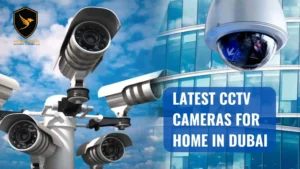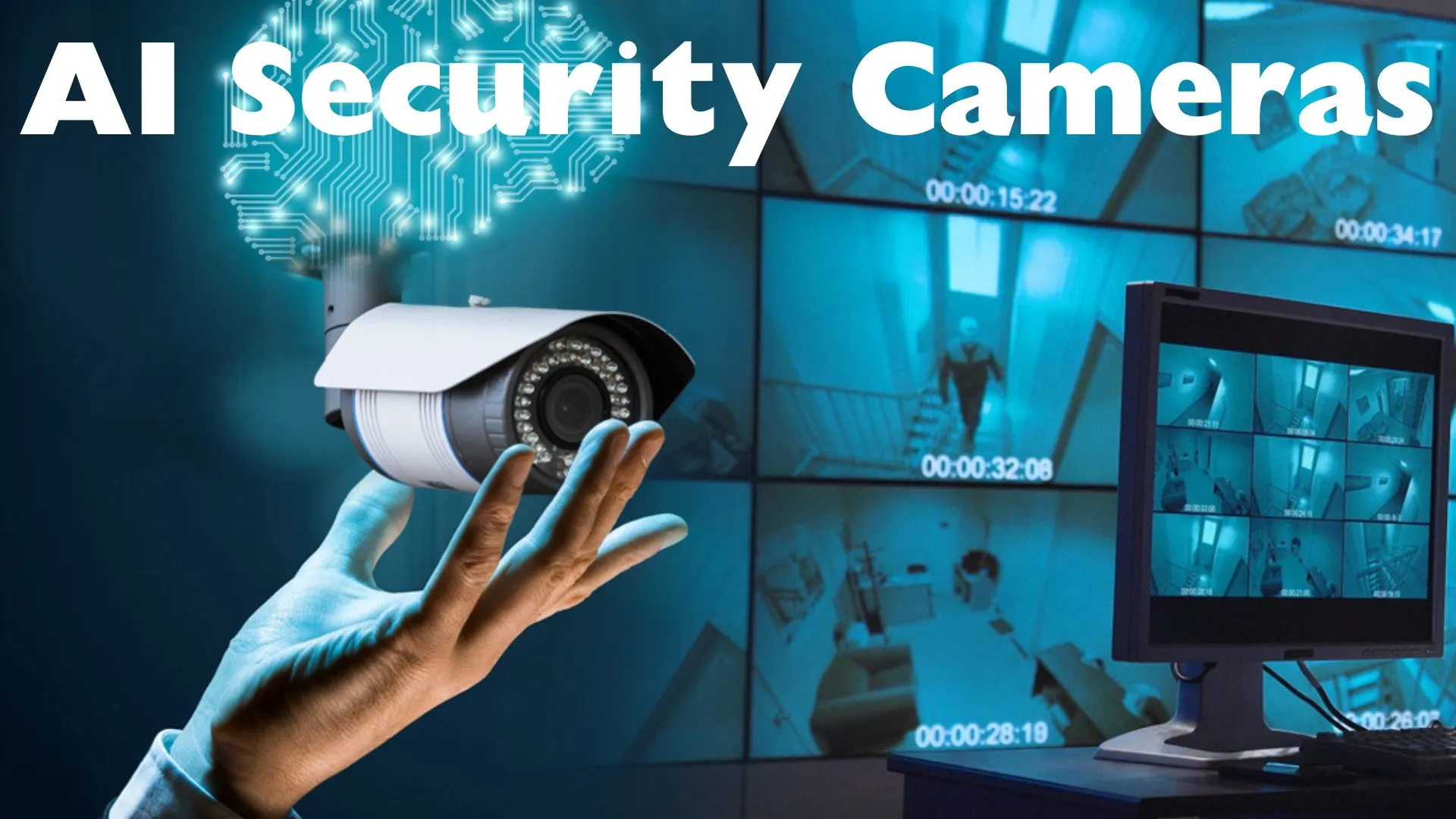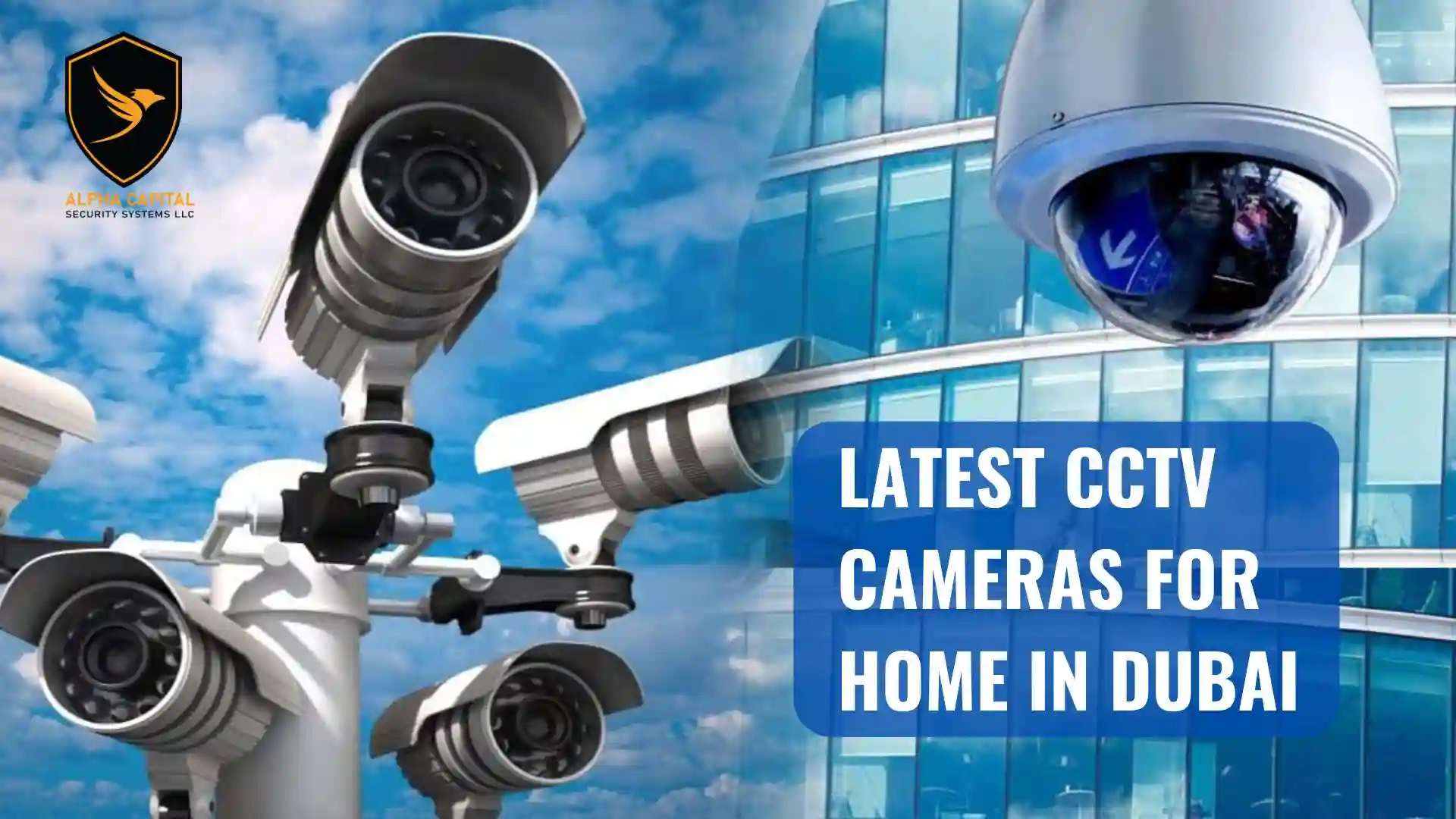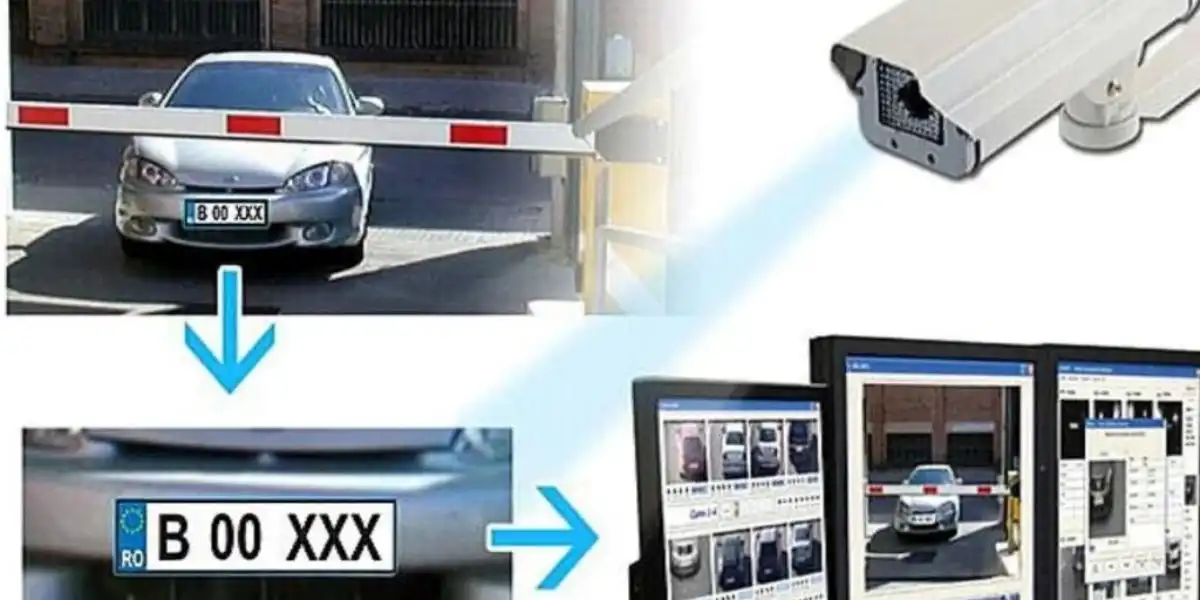Importance of CCTV Camera Maintenance
Body: Maintenance plays a crucial role in CCTV camera systems:
- Optimal Performance: Regular maintenance activities, such as cleaning lenses and adjusting angles, ensure clear and sharp visuals. This enhances the camera’s performance and maximizes its effectiveness in capturing critical details.
- Increased Lifespan: By addressing potential issues promptly, maintenance helps extend the lifespan of CCTV cameras. Regular inspections and servicing prevent major problems, reducing the risk of sudden camera failures and preserving warranty coverage.
- Reliable Surveillance: Proactive maintenance minimizes downtime and ensures that cameras are always operational when needed. This enhances security and surveillance by maintaining continuous monitoring capabilities.
Ensuring Optimal Performance by the usage of CCTV camera
When it comes to safety systems, CCTV cameras play a vital role in monitoring and daunting potential threats. Whether installed in housing areas, profitable establishments, or community spaces, these cameras deliver a sense of security and harmony of mind. However, to ensure their effectiveness, regular maintenance is essential. In this article, we will explore comprehensive CCTV camera maintenance tips to help you maximize their performance and longevity.
Cleaning and Inspecting the CCTV Camera
Regular cleaning and inspection of CCTV cameras are vital for maintaining their clarity and functionality. Dust, dirt, and remains can accrue on the lens and touch the camera’s ability to capture clear images. Here are some steps to follow:
⦁ Start by gently wiping the camera lens with a soft, lint-free cloth. Avoid using abrasive materials or cleaning solutions, as they can scratch or damage the lens.
⦁ Inspect the camera housing for any signs of physical damage or tampering. Look for cracks, loose connections, or exposed wiring. If you notice any issues, contact a professional technician for repairs.
⦁ Clean the camera housing using a damp cloth or a mild cleaning solution. Be cautious not to let any liquid seep into the camera’s internal components.
4K Deep in View Moto Vari focal Box Camera
⦁ High-quality imaging with 8 MP resolution
⦁ Clear imaging against strong backlight thanks to true WDR technology
⦁ Intelligent functions based on deep learning
⦁ Efficient H.265+ compression technology to save bandwidth and storage
⦁ Advanced streaming technology enables smooth live view and data self-correction in poor networks
⦁ 5 streams and up to 5 custom streams to meet a wide variety of applications
⦁ 6 behavior analyses, 3 exception detection, and face detection.
Checking the Positioning of CCTV cameras
Proper camera positioning is crucial to ensure optimal surveillance coverage. Over time, cameras may shift or be misaligned, affecting their effectiveness. Consider the following:
⦁ Check if the camera is aiming in the envisioned direction. Adjust the camera angle if necessary to ensure it covers the desired area effectively.
⦁ Make sure there are no barriers blocking the camera’s view, such as tree twigs, symbols, or other items. Clear any obstacles that may hinder the camera’s field of vision.
⦁ Verify that the camera is securely mounted and hasn’t become loose or unstable. Vibrations or movements can impact the camera’s ability to capture stable footage.
Testing CCTV Camera Performance
Regularly testing the performance of CCTV cameras is essential to identify any potential issues before they compromise security. Here’s what you can do:
⦁ Review recorded footage to ensure the camera is capturing clear images and videos. Check for any misrepresentation, vagueness, or pixilation that may indicate a challenge with the camera or its situation.
⦁ Test the camera’s night vision capabilities by examining footage captured in low-light conditions. If the night vision is inadequate, consider installing additional lighting sources or upgrading to cameras with enhanced night vision features.
⦁ Verify that the camera’s motion detection settings are functioning correctly. Walk through the camera’s detection zone to ensure it triggers recording or alerts as intended.
Ensuring Proper Power Supply in CCTV cameras
Checking Power Connections of CCTV cameras
A stable power supply is crucial for uninterrupted camera operation. Here’s how you can ensure proper power supply to your CCTV cameras:
⦁ Check all power connections, including the power adapter, cables, and connectors. Make sure they are securely connected and free from damage.
⦁ Inspect the power cables for any signs of wear, fraying, or exposed wiring. If you notice any issues, replace the cables promptly to avoid electrical hazards.
⦁ Consider using surge protectors or uninterrupted power supply (UPS) systems to protect your cameras from power surges or outages. These devices can help prevent damage to your equipment and ensure continuous surveillance.
Battery Backup Systems in CCTV cameras
In cases where cameras are battery-powered or have battery backup systems, it is crucial to maintain the batteries’ functionality. Follow these tips:
⦁ Regularly inspect the battery connections and terminals for any signs of corrosion or damage. Clean the terminals using a battery terminal cleaner or a mixture of baking soda and water if needed.
⦁ Test the batteries periodically to ensure they hold a sufficient charge. Replace any weak or depleted batteries promptly.
⦁ Keep spare batteries on hand to minimize downtime in case of power failures or battery depletion. Follow the manufacturer’s guidelines for battery storage and replacement.
Software and Firmware Updates in CCTV cameras
Software and firmware apprises are essential for safeguarding the optimal presentation and safety of CCTV cameras. Manufacturers often release updates that address bugs, enhance features and patch vulnerabilities. Consider the following:
⦁ Check the manufacturer’s website or contact their support to stay informed about available updates for your camera model.
⦁ Before installing any updates, ensure you have a backup of your camera’s settings and configuration. This will permit you to reestablish the previous sceneries if any issues arise throughout the update procedure.
⦁ Follow the manufacturer’s instructions for updating the camera’s software or firmware. Typically, this involves downloading the update file and installing it onto the camera or its associated software.
Network Security Measures in CCTV Cameras
CCTV cameras are often connected to networks for remote access and monitoring. To protect your cameras from unauthorized access and potential cyber threats, consider these security measures:
⦁ Change the default login credentials of your camera’s administrative interface. Use strong, unique keywords that include a grouping of uppercase and lowercase letters, statistics, and special typescripts.
⦁ Regularly update the camera’s firmware to ensure it includes the latest security patches. Set up automatic firmware updates if the camera supports this feature.
⦁ Segment your network to isolate the CCTV camera system from other devices and networks. This reduces the risk of unauthorized access to other sensitive information.
Professional Maintenance and Assistance of CCTV cameras
Scheduled Maintenance of CCTV cameras
While regular DIY maintenance is essential, it is also beneficial to seek professional assistance for scheduled maintenance. Consider the following:
⦁ Engage a professional technician or service provider to conduct periodic inspections and maintenance of your CCTV camera system. They can perform more in-depth checks, adjustments, and repairs that may require specialized knowledge or equipment.
⦁ Follow the manufacturer’s recommended maintenance schedule or consult with the service provider to determine the appropriate frequency for professional maintenance visits.
Prompt Repairs and Troubleshooting in CCTV cameras
If you meet any concerns with your CCTV cameras that you cannot resolve on your own, it is critical to seek rapid professional support. Some signs that may indicate the need for repairs or troubleshooting include:
⦁ Persistent image quality issues, such as blurry or distorted footage, despite cleaning and adjusting the camera.
⦁ Frequent system malfunctions, such as cameras disconnecting or freezing.
⦁ Unusual noises or smells emanating from the camera or its components.
⦁ Remember, addressing problems promptly can help prevent further damage and ensure the continuous operation of your CCTV camera system.
Conclusion
Regular maintenance of CCTV cameras is vital to ensure their optimal performance and longevity. By subsequent tips delineated in this study, you can retain your cameras sterile, inspect their constituents, test their presentation, ensure proper control supply, update software, and firmware, and seek expert assistance when required. Remember, a well-maintained CCTV camera system enhances security and provides peace of mind.









